Product Description
N-A-C
N-Acetylcysteine Study for Community Acquired Pneumonia www.ncbi.nlm.nih.gov/pmc/articles/PMC6250560/
N-Acetyl-L-Cysteine, or N-A-C, is an acetylated form of the amino acid cysteine. Cysteine is the most important precursor to glutathione (GSH), the most critical antioxidant produced in the body. Glutathione helps chelate toxins and heavy metals from the body. N-A-C is approved as a drug in some European jurisdictions for use in preventing liver damage from acetaminophen overdose. It has been used for over 30 years for respiratory health, providing some relief to those suffering from chronic respiratory conditions such as the annoying post-nasal drip, sinusitis, chronic bronchitis, the congenital disease cystic fibrosis, and even life-threatening conditions such as COPD. N-A-C also promotes cardiovascular health due to its unique ability to inhibit levels of a specific lipoprotein called Lp(a), a marker of heart disease.
Acetylated cysteine is better absorbed than regular cysteine. AOR’s N-A-C is an excellent choice for those looking for a single supplement to promote overall health including cellular protection and cardiovascular health. People suffering from chronic respiratory conditions may also benefit from regular use of N-A-C.
AOR Advantage
As the precursor for the important antioxidant glutathione, AOR’s NAC provides a wide range of health benefits in an effective dosage.
NAC (N-AcetylCysteine) is a precursor to the important antioxidant glutathione and relieves the symptoms of chronic bronchitis.
AOR™ guarantees that all ingredients have been declared on the label. Contains no wheat, gluten, nuts, peanuts, sesame seeds, sulphites, mustard, soy, dairy, eggs, fish or shellfish.
Take one capsule per day with a meal containing protein, or as directed by a qualified health care practitioner.
Consult a health care practitioner prior to use if you suffer from cystinuria or cystine kidney stones, if you are pregnant or breastfeeding, for use beyond six months or if symptoms persist or worsen. Do not use with charcoal, if you are taking antibiotics or nitroglycerin.
- Antioxidant
- Anti-mucus in the lungs
- Acetaminophen overdose
- Immunity
- Liver detoxification
The information and product descriptions appearing on this website are for information purposes only, and are not intended to provide or replace medical advice to individuals from a qualified health care professional. Consult with your physician if you have any health concerns, and before initiating any new diet, exercise, supplement, or other lifestyle changes.
Non-medicinal Ingredients: sodium stearyl fumarate, microcrystalline cellulose.
Capsule: hypromellose.
Background
N-Acetyl-L-Cysteine, or NAC, is an amino acid that acts as an antioxidant and is a precursor in the body to glutathione (GSH), a critical antioxidant. NAC is a more stable form of the amino acid cysteine (which is very unstable and oxidizes readily) because it has an acetyl group (CH3CO) attached. NAC is also more bioavailable and 6 times as cost-effective as the tripeptide glutathione. Glutathione consists of three amino acids: cysteine, glutamic acid and glycine. The body breaks this tripeptide apart before absorption, but the rate limiting (most valuable) amino acid for the purpose of making glutathione is the cysteine. Therefore, simply taking NAC makes much more sense.
Mechanism of action
Most of the beneficial effects of orally administered NAC are theorized to be a result of increased source of GSH groups. NAC can stimulate GSH synthesis, enhance glutathione-s-transferase activity, promote detoxification and act as an antioxidant.
Research
1. Heart disease. Research has pinpointed a specific lipoprotein called Lp(a) as one of the two most reliable indicators of heart disease. Lp(a) is a much more reliable indicator than blood cholesterol levels, low density lipoprotein (LDL) levels, or the ratio of LDL to HDL.
Diets and drugs designed to lower blood cholesterol levels do not lower Lp(a) levels. Recently, it was reported that NAC is the most effective nutrient known to lower Lp(a) levels. NAC reduced Lp(a) levels by 70%. LP(a) is comprised of an LDL particle attached to the large glycoprotein apo(a) by one or more disulfide bonds. NAC breaks up the disulfide bonds by converting each disulfide group into two sulphydryl groups.
NAC also inhibits heart damage by preventing LDL from being oxidized, by reducing plasma homocysteine levels, and by free-radical quenching effects. NAC also protects against ischaemic and reperfusion damage. NAC also potentiates the coronary dilating and anti-platelet effects of nitroglycerine as well as limiting the development of tolerance to nitroglycerine. Finally, ST-depression, a clinical sign of myocardial ischaemia, was not seen following pretreatment with NAC, suggesting attenuation of impaired tissue oxygenation and preservation of myocardial performance by NAC.
2. Immunity. NAC affects immunity via its role in intracellular GSH production. This role becomes clinical when normal GSH production pathways are impaired. Eck has shown that reduced intracellular GSH is the “direct and early consequence of retroviral infection”. Intracellular GSH has a powerful influence on how well T- and B-lymphocyte cells function and on the production of phagocytes (macrophages, monocytes and neutrophils). NAC has been shown to block the production of certain virus’s in-vitro.
3. Detoxification & Chelator. Sulphydryl groups protect against toxins. SH groups react directly with many poisons, including herbicides, drugs (acetaminophen), environmental pollutants such as carbon tetrachloride, microorganisms including E. coli and aflatoxin, and against heavy metals. Indirectly, NAC helps with detoxification by producing optimal amounts of GSH for conjugation reactions, making harmful compounds less toxic.
NAC is approved as a drug for use to prevent liver damage from acetaminophen overdose.
4. Respiratory effects. NAC has been used for over 30 years as a mucolytic in persons having bronchopulmonary diseases including chronic bronchitis, cystic fibrosis, sinusitis, pneumonia and others. NAC helps reduce the viscosity of mucus so that it may be more easily coughed up. NAC accomplishes this by converting the disulphide bond of the mucoproteins into sulphydryl bonds and cleaving the mucoproteins into smaller molecules. Recently, a number of studies have appeared studying the role of NAC in preventing influenza. In 1991, in an Italian multi-centric double-blind, placebo-controlled study of 262 patients (75% were over 65 years of age), NAC dose of 600mg twice a day resulted in only 29% developing flu-like clinical syndrome, compared to 51% of placebo-treated subjects (p=0.0006).
Market Trends
NAC certainly has some of its own key features, but the main reason it is taken is as a precursor to glutathione. Glutathione taken orally to increase serum glutathione levels is ineffective as it is not well absorbed. NAC, however, is very well absorbed. Although glutathione has 3 amino acid precursors, NAC is the most necessary and effective glutathione booster.
AOR Advantage
As the precursor for the important antioxidant glutathione, AOR’s NAC provides a wide range of health benefits in an effective dosage.
References
De Flora S, Grassi C, Carati L. (1997). Attention of influenza symptomatology and improvement of cell-mediated immunity with long-term NAC treatment. Eur. Respir J; 10: 1535-1541.
Flanagan, R. (1991). Use of N-Acetyl cysteine in clinical toxicology. AM.J. Med; 91: 131-9.
Gavish D, Breslow JL. (1991). Lipoproteins (a) reduction by N-acetylcysteine. The Lancet; 337: 203-4.
Lorber A, et al. (1973). Clinical application for heavy metal-complexing potential of N-Acetyl-cystene. J. Clin. Pharmacol; 13: 332-336.
Abstract
High-dose N-acetylcysteine in stable COPD: the 1-year, double-blind, randomized, placebo-controlled HIACE study.
Chest. 2013 Jul;144(1):106-18.
Tse HN, Raiteri L, Wong KY, Yee KS, Ng LY, Wai KY, Loo CK, Chan MH.
BACKGROUND: The mucolytic and antioxidant effects of N-acetylcysteine (NAC) may have great value in COPD treatment. However, beneficial effects have not been confirmed in clinical studies, possibly due to insufficient NAC doses and/or inadequate outcome parameters used. The objective of this study was to investigate high-dose NAC plus usual therapy in Chinese patients with stable COPD.
METHODS: The 1-year HIACE (The Effect of High Dose N-acetylcysteine on Air Trapping and Airway Resistance of Chronic Obstructive Pulmonary Disease-a Double-blinded, Randomized, Placebo-controlled Trial) double-blind trial conducted in Kwong Wah Hospital, Hong Kong, randomized eligible patients aged 50 to 80 years with stable COPD to NAC 600 mg bid or placebo after 4-week run-in. Lung function parameters, symptoms, modified Medical Research Council (mMRC) dyspnea and St. George’s Respiratory Questionnaire (SGRQ) scores, 6-min walking distance (6MWD), and exacerbation and admission rates were measured at baseline and every 16 weeks for 1 year.
RESULTS: Of 133 patients screened, 120 were eligible (93.2% men; mean age, 70.8±0.74 years; ?V1 53.9±2.0%). Baseline characteristics were similar in the two groups. At 1 year, there was a significant improvement in forced expiratory flow 25% to 75% (P=.037) and forced oscillation technique, a significant reduction in exacerbation frequency (0.96 times/y vs 1.71 times/y, P=.019), and a tendency toward reduction in admission rate (0.5 times/y vs 0.8 times/y, P=.196) with NAC vs placebo. There were no significant between-group differences in mMRC dypsnea score, SGRQ score, and 6MWD. No major adverse effects were reported.
CONCLUSION: In this study, 1-year treatment with high-dose NAC resulted in significantly improved small airways function and decreased exacerbation frequency in patients with stable COPD.
Dietary cysteine alleviates sucrose-induced oxidative stress and insulin resistance.
Free Radic Biol Med. 2007 Apr 1;42(7):1089-97.
Blouet C, Mariotti F, Azzout-Marniche D, Mathé V, Mikogami T, Tomé D, Huneau JF.
Diets that promote oxidative stress favor impairment in glucose homeostasis. In this context, increasing the cysteine intake may be beneficial by maintaining glutathione status. We have investigated the effects of dietary cysteine on oxidative stress and glucose homeostasis in rats fed a high-sucrose (HS) diet. Rats were assigned for 6 weeks to a standard diet or to HS diets in which the protein source was either an alpha-lactalbumin-rich whey concentrate (a cysteine-rich protein) or the total milk proteins alone or supplemented with 5.8 or 20 g N-acetylcysteine per kilogram of food. Increasing the cysteine intake prevented HS-induced oxidative stress, as assessed by blood and tissue glutathione and carbonyl levels. At the same time, the HS-induced glucose intolerance, impaired postprandial glycemic control, and decrease in muscle and liver insulin-induced activation of insulin receptor substrate 1 and Akt were prevented by increasing the level of dietary cysteine, a major original finding. Of great interest was the observation that all beneficial effects of cysteine supplementation were duplicated by the consumption of a cysteine-rich protein. These data show that increasing the cysteine intake limits HS-induced impairment of glucose homeostasis and suggest that these effects are mediated by a reduction in oxidative stress.
High dose N-acetylcysteine to prevent pulmonary complications in partial or total transthoracic esophagectomy: results of a prospective observational study.
Dis Esophagus. 2007;20(5):399-405
Zingg U, Hofer CK, Seifert B, Metzger U, Zollinger A.
Cancer of the esophagus has a poor long-term prognosis and a high peri-operative morbidity in which pulmonary complications play a major role. The combination of the surgical approach, pre-existing pulmonary disorders, poor nutritional status and the release of pro-inflammatory cytokines may be contributing factors. N-acetylcysteine ((NAC) has been shown to have oxygen scavenging abilities. In severe sepsis and acute respiratory distress syndrome, positive effects of NAC on morbidity and mortality were discovered. In this observational study peri-operative high dose NAC was administered in 22 patients. The effects of this treatment on respiratory function, morbidity and survival were studied. These prospectively collected data were compared with data of a matched, retrospective group without NAC treatment. There were no significant differences between the groups in terms of socio-demographic data, preoperative pulmonary function, intra-operative course and oncologic characteristics. The oxygenation indices at the postoperative hours 2 (P = 0.019), 4 (P < 0.001), 8 (P = 0.035), 12 (P = 0.035) and 24 (P = 0.046) were significantly higher in the NAC group. After 36 h, the difference between groups was no longer significant (P = 0.064). NAC-treated patients showed significant lower overall pulmonary morbidity, 45.5% versus 81.8% (P = 0.027). Surgical morbidity, intensive care unit and hospital stay were not significantly different between groups, mortality was zero. Kaplan-Meier curves showed no significant difference in survival 12 months postoperatively. These data indicate that postoperative oxygenation can be improved and rate of overall pulmonary complications is reduced using peri-operative high dose NAC in transthoracic esophagectomy.
Antioxidant activity of N-acetylcysteine, flavonoids and alpha-tocopherol on endometrial cells in culture.
J Reprod Immunol. 2007 Mar 5;
Estany S, Palacio JR, Barnadas R, Sabes M, Iborra A, Martínez P.
An appropriate local environment is necessary for successful implantation. Oxidative stress is implicated in the pathogenesis of several pathologies, and may contribute to early pregnancy failure. Antioxidant therapies have been studied in infertility. In this study, we have assessed the antioxidant activity of N-acetylcysteine (NAC), flavonoids (quercetin, catechin) and alpha-tocopherol in an oxidative model of endometrial cells (RL95). Endometrial cells were incubated at several hydrogen peroxide concentrations. Antioxidant effects of NAC (15mM), quercetin (150muM), catechin (150muM) and alpha-tocopherol included in liposomes (1.6mug) were assessed by measuring cell viability by the MTT assay. alpha-Tocopherol-liposomes taken up by endometrial cells were assessed by HPLC. All liposomes used were able to introduce alpha-tocopherol into cells. The antioxidant effect of NAC and quercetin improved the viability of oxidised cells, and this effect was observed when the oxidant and antioxidant were coincubated. No viability change occurred when the antioxidant was added before or after the oxidant. The antioxidant effect of NAC was better than that of quercetin. When catechin or alpha-tocopherol were used in the same conditions, no antioxidant effect was detected in cells in culture. These results demonstrate that NAC and quercetin are good H(2)O(2) scavengers.
The antioxidants a-lipoic acid and N-acetylcysteine reverse memory impairment and brain oxidative stress in aged SAMP8 mice.
Journal of Neurochemistry. March 2003;84(5):1173-1183.
Susan A. Farr, H. Fai Poon, Dilek Dogrukol-Ak, Jeniffer Drake, William A. Banks, Edward Eyerman, D. Allan Butterfield and John E. Morley.
Oxidative stress may play a crucial role in age-related neurodegenerative disorders. Here, we examined the ability of two antioxidants, a-lipoic acid (LA) and N-acetylcysteine (NAC), to reverse the cognitive deficits found in the SAMP8 mouse. By 12 months of age, this strain develops elevated levels of Aß and severe deficits in learning and memory. We found that 12-month-old SAMP8 mice, in comparison with 4-month-old mice, had increased levels of protein carbonyls (an index of protein oxidation), increased TBARS (an index of lipid peroxidation) and a decrease in the weakly immobilized/strongly immobilized (W/S) ratio of the protein-specific spin label MAL-6 (an index of oxidation-induced conformational changes in synaptosomal membrane proteins). Chronic administration of either LA or NAC improved cognition of 12-month-old SAMP8 mice in both the T-maze footshock avoidance paradigm and the lever press appetitive task without inducing non-specific effects on motor activity, motivation to avoid shock, or body weight. These effects probably occurred directly within the brain, as NAC crossed the blood-brain barrier and accumulated in the brain. Furthermore, treatment of 12-month-old SAMP8 mice with LA reversed all three indexes of oxidative stress. These results support the hypothesis that oxidative stress can lead to cognitive dysfunction and provide evidence for a therapeutic role for antioxidants.

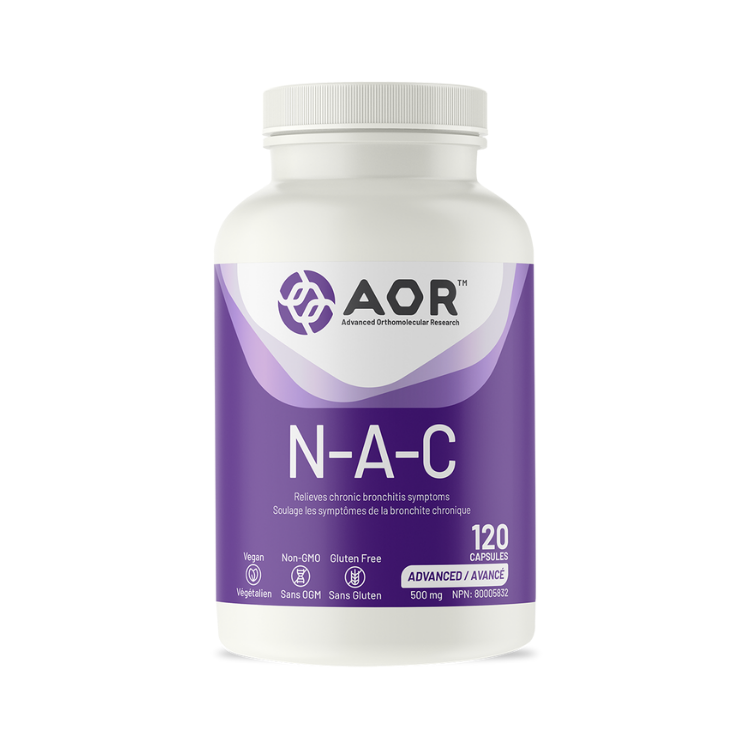
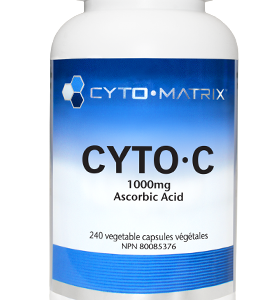
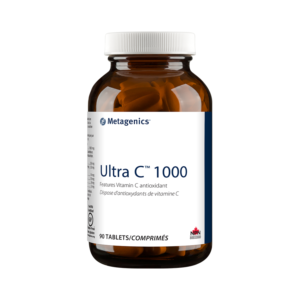
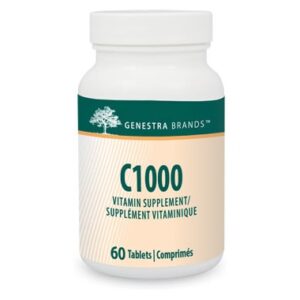
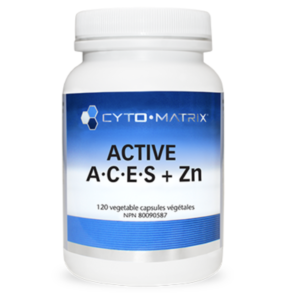
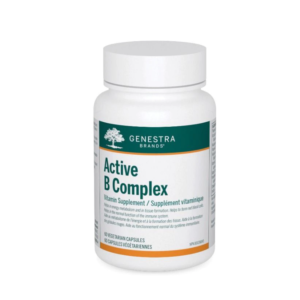
Reviews
There are no reviews yet.